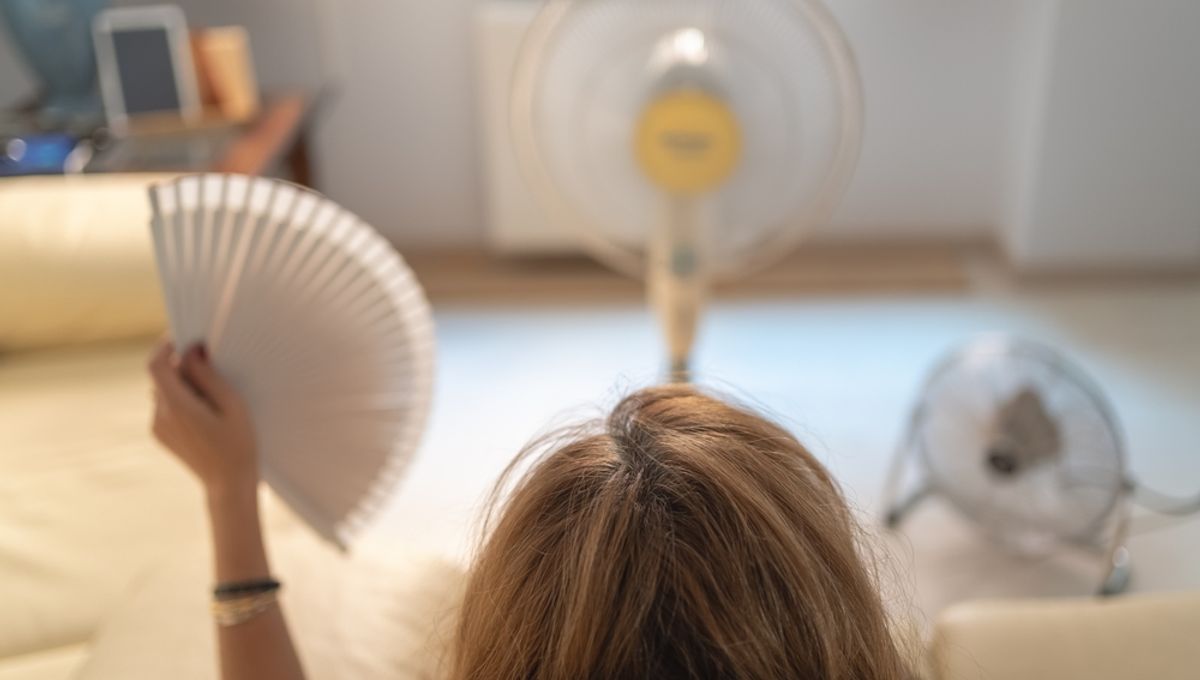![]() Temperatures around the world are soaring. Both California’s Death Valley and China’s Xinjiang region have experienced scorching heat, with temperatures surpassing the 50°C mark. A blistering heatwave is also sweeping across the Mediterranean, causing temperatures in parts of Italy, Spain, France, and Greece to exceed 40°C.
Temperatures around the world are soaring. Both California’s Death Valley and China’s Xinjiang region have experienced scorching heat, with temperatures surpassing the 50°C mark. A blistering heatwave is also sweeping across the Mediterranean, causing temperatures in parts of Italy, Spain, France, and Greece to exceed 40°C.
In the future, the impact of these scorching temperatures will extend beyond traditionally warm regions. Our new research indicates that if global temperatures rise from 1.5°C to 2°C, countries at northern latitudes like the UK, Norway, Finland, and Switzerland will face the greatest relative increase in uncomfortably hot days.
During uncomfortably hot weather, people seek ways to cool down their homes. Air conditioners often become the default solution as they provide fast and effective relief from the scorching heat.
However, air conditioners consume a significant amount of energy and many use refrigerants with high global warming potential when they leak.
Unrestrained usage of air conditioners in the future will result in increased emissions and further global warming. So it’s important to know the recommended steps to keep your home cool in the face of rising temperatures, without causing more harm to the climate.
Block the sun
Buildings can be protected from excessive heat by creating a barrier between them and the sun’s rays. Reflective and ventilated roofs, external window shutters, and awnings are some effective ways to achieve this. Research has shown that using external window shutters can reduce cooling needs by up to 14 percent.
Even something as simple as painting your roof a light color can significantly reduce indoor temperatures. Research in very hot cities in Pakistan found that this approach can reduce cooling needs by more than 7 percent.
Another effective technique is to make use of the shade provided by tree canopies. Research in Melbourne, Australia, has shown that trees covering buildings in shade can lower the surface temperature of walls by up to 9°C.

Use natural ventilation
One effective way to cool down a poorly ventilated building is to open windows when the outside temperature drops. This allows warm air to escape and cooler air to enter.
Additional features such as ventilation chimneys and roof vents can be incorporated into building design to further assist airflow. Historically, buildings in hot and arid climates, like the Middle East, made use of tall chimney-like structures called wind catchers that capture cool prevailing winds and redirect them








